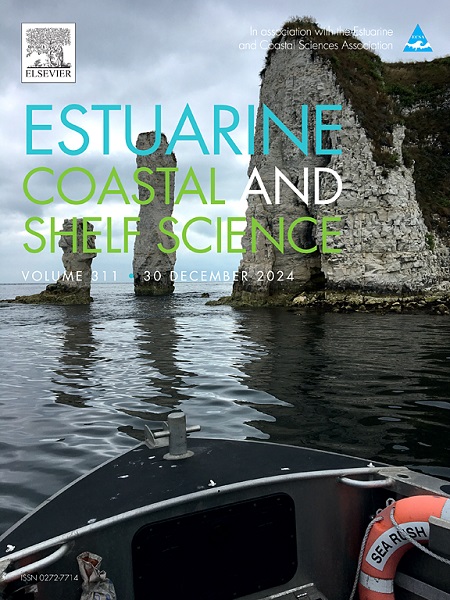Identifying resilient areas for seagrass restoration by integrating suitability modelling and climate forecasting
IF 2.6
3区 地球科学
Q1 MARINE & FRESHWATER BIOLOGY
引用次数: 0
Abstract
Seagrass restoration can reverse trajectories of decline and foster the return of lost ecosystem services, however, poor site selection can hinder restoration success. Suitability modelling is increasingly used to identify contemporary restoration areas, but suitability can change due to environmental perturbations, potentially rendering areas unsuitable under different scenarios (E.g. climate change). Thus, there is a need for restoration practitioners to both identify contemporary areas for restoration and shortlist those resilient to environmental change. Here we use Western Port, Victoria, Australia as a case study demonstrating how forecasted suitability models can identify resilient areas for seagrass restoration and avoid areas that may be unsuitable under future forecasts (risky sites). Initially, the random forest algorithm was used to identify contemporary intertidal and subtidal seagrass restoration areas. Once identified, the resilience of these areas was assessed using environmental scenarios representing degradations to local light environments and climate change related variables (temperature, solar radiation, depth, and salinity). Models initially identified 161 km2 of areas suitable for seagrass restoration. However, only 71% (115 km2) remained suitable under 2030 climate change projections, and 62% (100 km2) remained suitable under 2090 projections. Both 2030 and 2090 projections predicted reductions in suitability in areas that were still identified as suitable for restoration in the future, suggesting climate change may both reduce the areal extent of areas for restoration and reduce their quality. Approaches used here can be transferred to other restoration programs worldwide and across taxa and demonstrate the benefits of forecasting restoration suitability to avoid risk and increase restoration success.

求助全文
约1分钟内获得全文
求助全文
来源期刊
CiteScore
5.60
自引率
7.10%
发文量
374
审稿时长
9 months
期刊介绍:
Estuarine, Coastal and Shelf Science is an international multidisciplinary journal devoted to the analysis of saline water phenomena ranging from the outer edge of the continental shelf to the upper limits of the tidal zone. The journal provides a unique forum, unifying the multidisciplinary approaches to the study of the oceanography of estuaries, coastal zones, and continental shelf seas. It features original research papers, review papers and short communications treating such disciplines as zoology, botany, geology, sedimentology, physical oceanography.

 求助内容:
求助内容: 应助结果提醒方式:
应助结果提醒方式:


